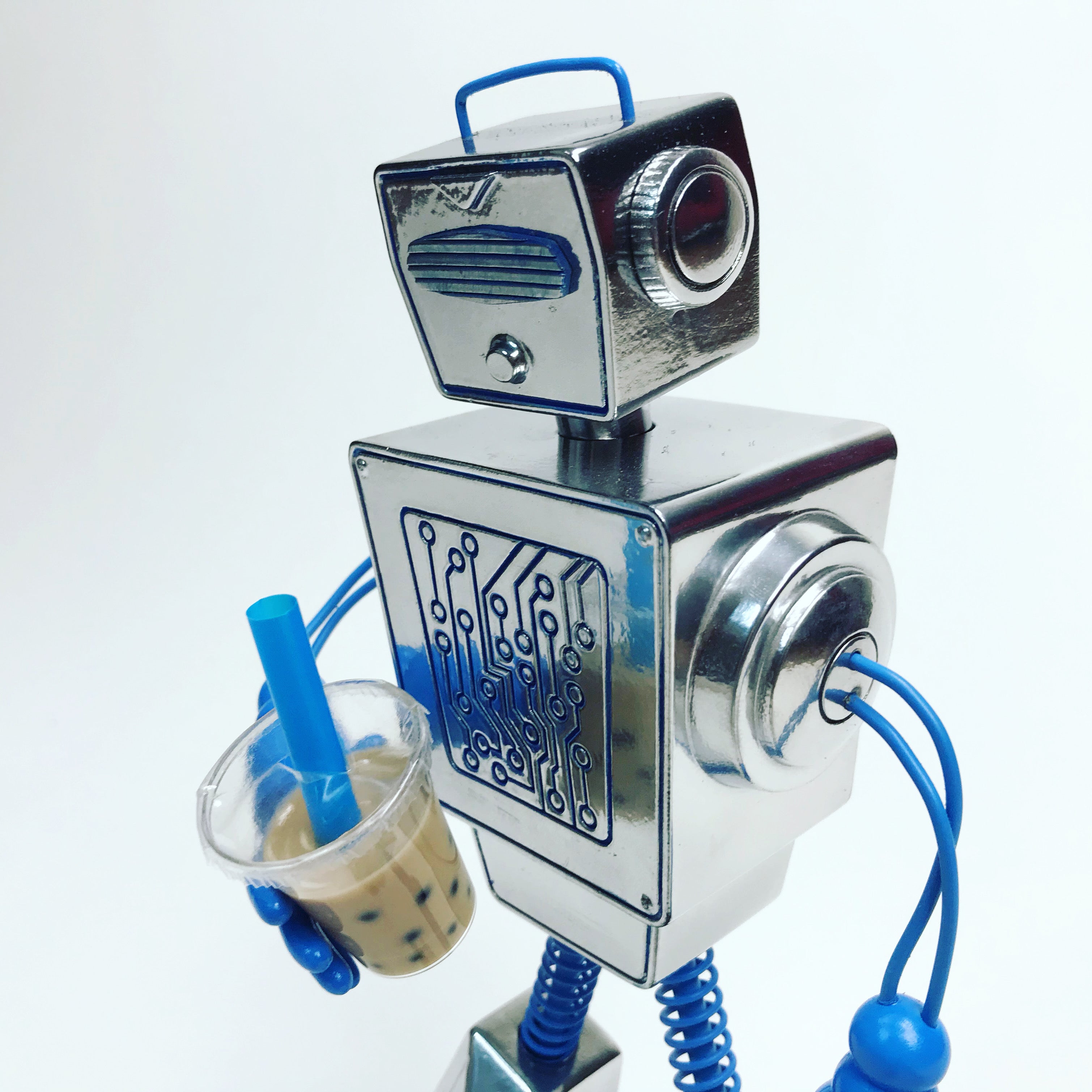As 3D printing becomes more ubiquitous and accessible to the average joe, more and more artists are seeing it as a viable medium, and an opportunity to expand their work and create things they never could have before. 3D printing allows an artist’s imagination to be utilized in nearly limitless ways, which is amazing for a community based in creativity. As a tech and art inspired company, we’re thrilled to see how technology can be used to inspire and create art. Here are some of the most popular ways artists are using 3D printing to enhance their art.
1. Replicating historical works/art preservation
We have the benefit of thousands of years of art to look back on to inspire us. One of the great aspects of 3D printing is it allows artists to replicate existing pieces. There are some questions to the authenticity of these pieces, but it seems like a better alternative than not having a reference of these pieces at all. For example, the Museu Nacional in Rio de Janeiro recreated pieces when a fire destroyed over 90% of the 20 million artifacts housed in the museum. Think about it this way, too — if there’s a historical piece falling into ruin, or one that can’t be moved to a museum, 3D printing can bring the piece to people all over the world without compromising the integrity of the original.
And yes, replicas have always existed, but 3D printing also allows for a more comprehensive and precise replica, one which includes all the original brushstrokes and paint texture, for example.
2. Art for the visually impaired
Accessible art is so important for bringing art to those who may have previously not been able to enjoy it. In 2021, Getty Images and the National Federation of the Blind and Tactile Images worked together to turn over 45 million 2D images into 3D prints that visually impaired people could feel and experience. Other museums have 3D printed paintings with more pronounced brushstrokes for the same purpose.
3. Bringing photographs to life
Some may say a photograph brings an object to life — but what if you can take it a step further? Converting 2D images to lithophanes adds an extra dimension to photographs — literally! Lithophanes have been around for hundreds of years, but being able to convert a photograph directly into the 3D raised surface is a new phenomenon thanks to 3D printing. The above is from the YouTube video at 2:47.
4. Bypassing design issues
Most artists create an initial sketch or model before creating their final piece. 3D printing allows artists to delve into design issues in the modeling stage. They’re able to find and solve problems with the piece before wasting time and precious materials in the final stage. Realizing the proportion of your statue’s arm is off in miniature, rather than when you’ve finished actually creating your statue, is so much better!
3D printing is used by so many artists in so many areas, from architects to interior designers to movie and theater prop makers to painters, sculptors, photographers, jewelry makers — whatever medium you can think of, you can 3D print it!
What a cool way to join art and technology together in a working harmony.
Let us know in the comments below if you have thoughts about this technology!
Top Photo: Osman Talha Dikyar








Comments
I love the idea of accessible art. What a brilliant feeling this must be for the visually impaired. And, since I am a big Elvis Presley fan, I think it would be cool for Graceland to have several lithophanes made of Elvis and his cars, motorcycles, or performances. Just wow! Thank you for sharing these cool 3D printing/art techniques.